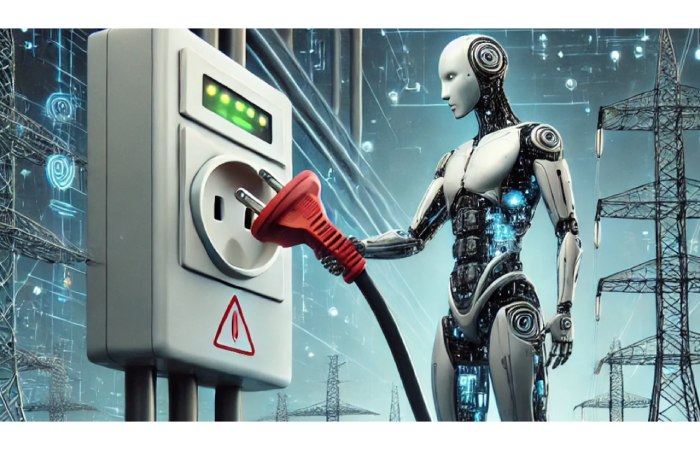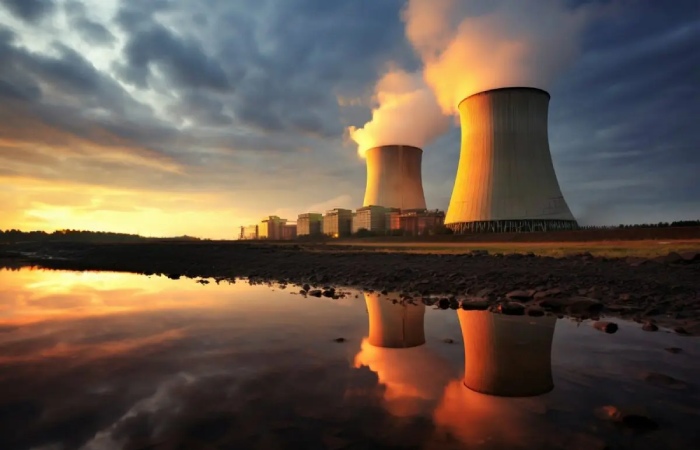The world has seen a real boom in artificial intelligence in recent years of AI Growth. However, this increase in popularity and adoption of AI has led to technological advancements and economic implications, especially in the energy sector. Power shortages have slowed the expansion of AI data center capacity. Nuclear power has become a critical player in solving this problem, but a serious problem has emerged: most countries do not have adequate domestic capacity to produce nuclear fuel.
Enriched Uranium: A Key Bottleneck AI Growth

Data center capacity expansion requires enormous amounts of energy, and nuclear power is uniquely positioned to meet this demand rapidly. However, enriched uranium, the primary fuel for nuclear power plants, has become scarce. Notably, the price of enriched uranium has more than tripled over the past three years, and many experts predict that this is just the beginning AI Growth.
The surge in uranium prices is driven by several factors, including global political instability and growing demand from countries seeking to increase their energy independence. However, the main factor is that scaling up nuclear power infrastructure cannot happen overnight. This delay fuels market uncertainty and encourages further increases in resource costs AI Growth. The situation is somewhat similar to automated trading software, where processing power affects settlement speed and profitability.
The response of tech giants to energy woes AI Growth
The reduction in the availability of uranium fuel has simultaneously provoked an increase in prices for the immediate supply of this resource AI Growth. Data center owners strive to provide their businesses with a stable power supply. Last year, giants like Amazon Web Services (AWS) and Microsoft signed deals to supply electricity from nuclear plants, reflecting the growing interest of big tech companies in nuclear power. Notably, these initiatives coincided with movements in Microsoft’s stock performance, reflecting investor confidence in the company’s forward-thinking energy strategies.
Additionally, Meta announced a “request for proposals” to identify developers in the nuclear power sector. This effort aims to create 1.4 GW of new nuclear generation capacity in the United States. The company was willing to explore various options, emphasizing its commitment to solving the power shortage problem.
Google is also taking action, signing a 500 MW deal with Kairos Power, a small-scale modular reactors (SMRs) supplier. Under the agreement, the first of six or seven reactors planned for the project should be operational by 2030.
The Future of Nuclear Power and Artificial Intelligence Integration

However, all these initiatives carry with them an element of uncertainty. Nuclear infrastructure expansion and technology development will not provide an immediate solution to the problem of energy and fuel shortages. Long-term projects require significant research, development, and implementation while electricity demand skyrockets. This creates a gap between the growing market needs and the slow deployment of new capacity AI Growth.
Final Thoughts
Rising prices and falling supplies of enriched uranium are being driven by artificial intelligence hype, growing demand for nuclear power, and limited availability of uranium fuel. While tech companies have ambitious plans, navigating this crisis will require navigating significant uncertainty AI Growth.
Numerous economic, technical, and political factors come into play, and their influence will determine the future availability and cost of nuclear fuel. The role of atomic control in the global energy landscape remains a topic of ongoing debate and analysis as stakeholders confront current challenges and potential solutions.


